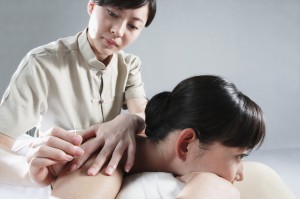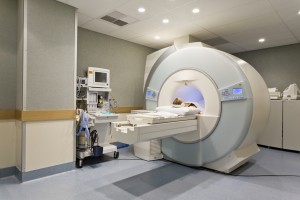
Parents make a lot of difficult decisions regarding the safety of their children, but one of the most debated is at what age should you let your child walk to school alone?
Experts agree there is no one perfect age for when kids can walk or bike to school without an adult. Children should have good cognitive and reasoning skills, as well as the ability to follow directions. The general consensus seems to be that 5-year-olds are too young, 6- and 7-year-olds should walk in a group and that by age 10 most kids are ready.
Your child could walk to school as early as first grade if the route is easy. You should base your decision on the distance to school, the availability of sidewalks, and how safe your neighborhood and surrounding streets are. If you don’t think your child’s ready to walk to school alone yet, organize a Walking School Bus. It can be a fun compromise for your child and other kids who live nearby.
Before your child heads off to school by themselves (or with friends), here are a few safety precautions you should take:
. Never let a child under age 10 cross the street alone.
. Teach your child to recognize and obey traffic signal, pavement markings, and to always look both ways before crossing.
. Choose the safest route between home and school and practice walking it with your child until he/she can demonstrate traffic-safety awareness.
. Stick to well-traveled streets, use the same route every day and avoid shortcuts through wooded areas, parking lots or alleys.
. Carry backpacks and bags close to their body, not dangling by the straps.
. Put a wallet in an inside coat or front pants pocket, not a back pocket.
. Don’t wear shoes or clothing that restrict movement.
. Cross streets only in crosswalks; never enter streets from between parked cars or from behind shrubbery. Use crosswalks with crossing guards when available.
. Teach your child about good and bad strangers. Don’t speak to strangers; if a stranger approaches, tell a teacher, a school principal, a policeman or another mom with small children. These are good strangers.
. Give your child a cell phone for emergencies and teach them how to use 911.
All content of this newsletter is intended for general information purposes only and is not intended or implied to be a substitute for professional medical advice, diagnosis or treatment. Please consult a medical professional before adopting any of the suggestions on this page. You must never disregard professional medical advice or delay seeking medical treatment based upon any content of this newsletter. PROMPTLY CONSULT YOUR PHYSICIAN OR CALL 911 IF YOU BELIEVE YOU HAVE A MEDICAL EMERGENCY.






 Don’t be afraid to exercise if you are pregnant. As long as you are feeling well, and your doctor approves, it is okay to do some moderate exercising during pregnancy. Exercising is recommended because inactivity is not good for pregnant women. It can lead to excess weight gain, elevated blood pressure, frequent aches and pains, and higher risk of C-sections.
Don’t be afraid to exercise if you are pregnant. As long as you are feeling well, and your doctor approves, it is okay to do some moderate exercising during pregnancy. Exercising is recommended because inactivity is not good for pregnant women. It can lead to excess weight gain, elevated blood pressure, frequent aches and pains, and higher risk of C-sections.


